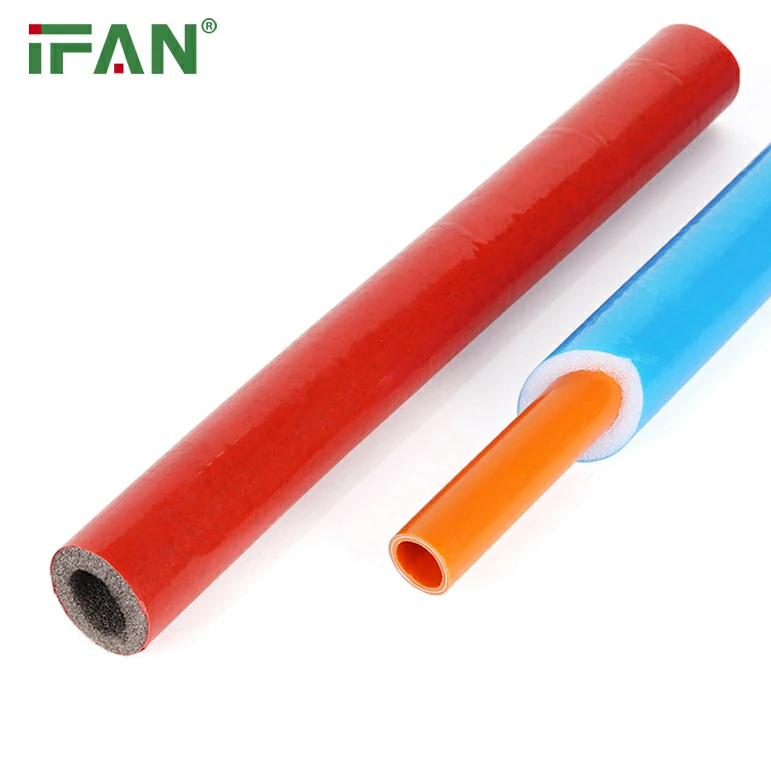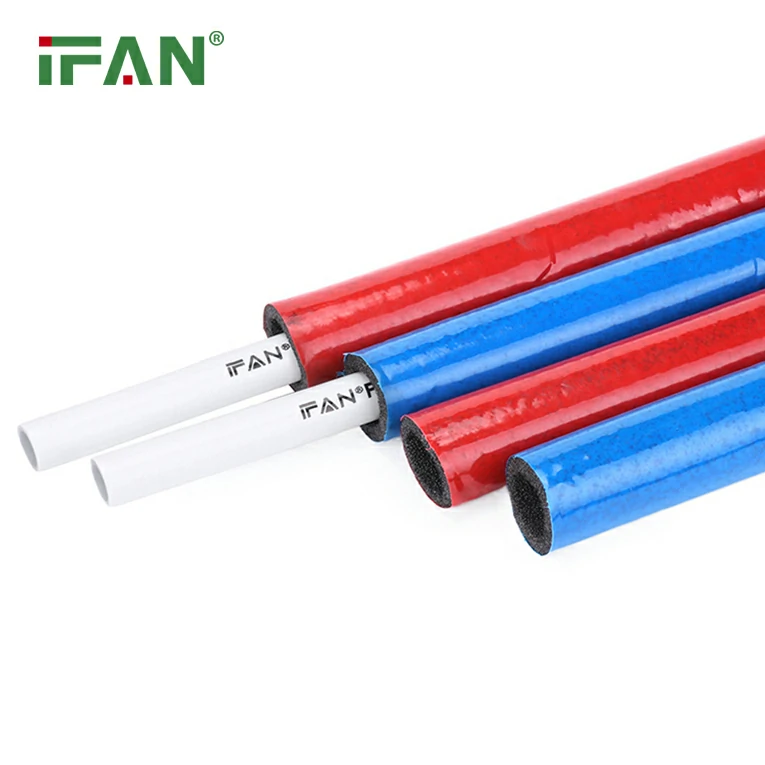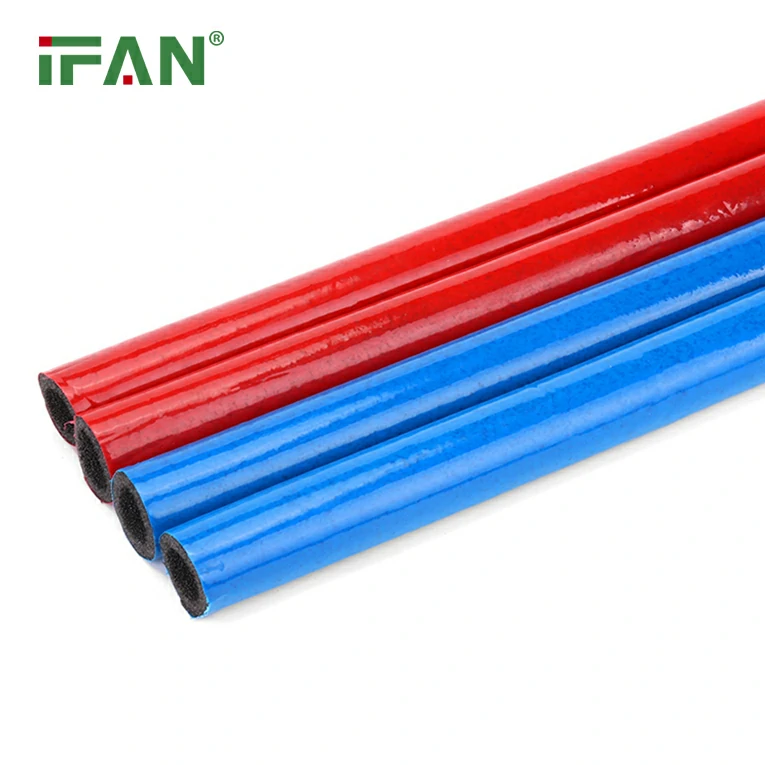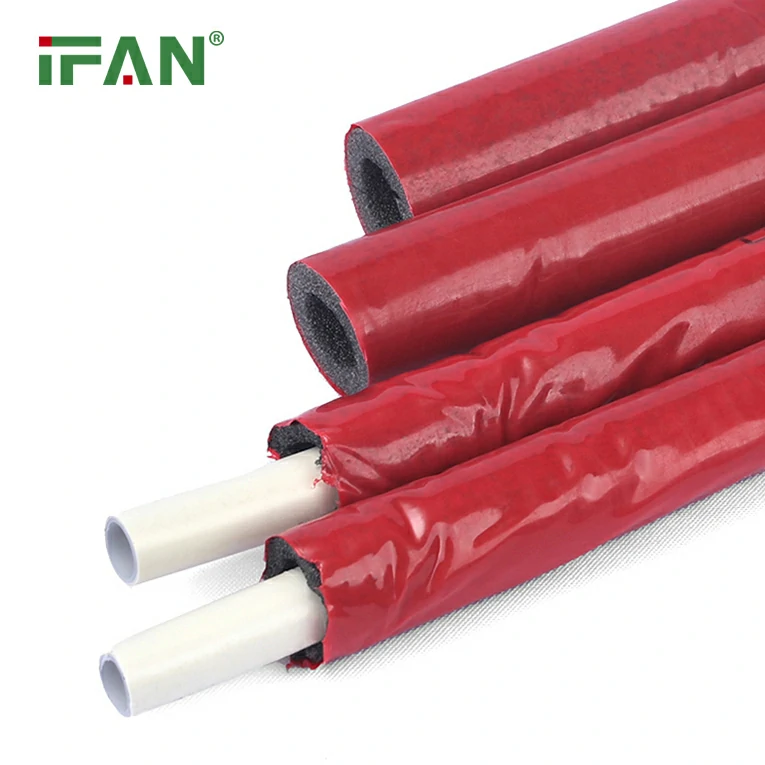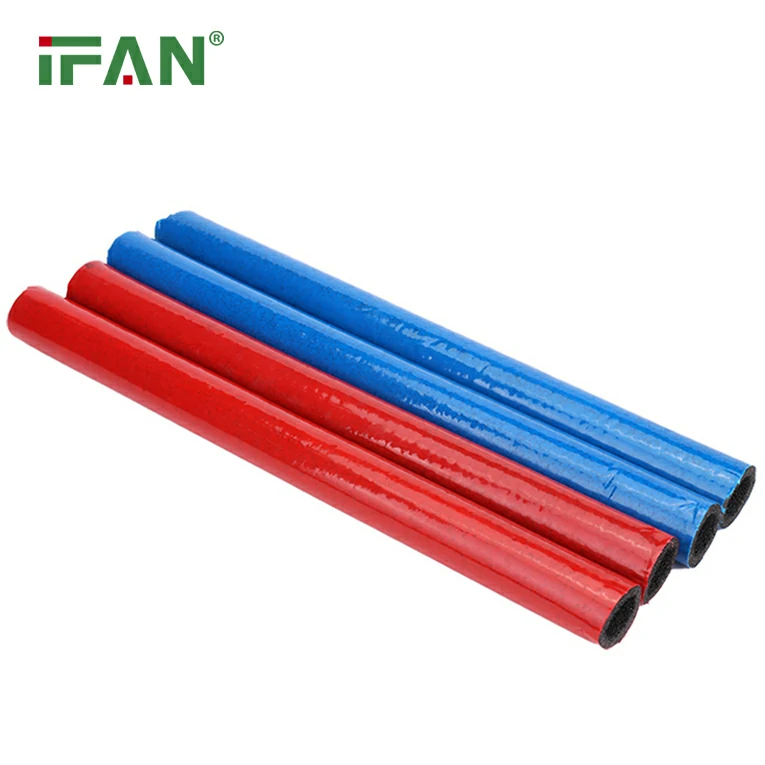IFAN factory 30+ years manufacture experience support color /size customization support free sample.Welcome to consult for catalog and free samples.This is our Facebook Website:www.facebook.com,Click to watch IFAN’s product video.Compared with Tomex products, our IFAN products from quality to price are your best choice, welcome to buy!
IFAN factory 30+ years manufacture experience support color /size customization support free sample.Welcome to consult for catalog and free samples.This is our Facebook Website:www.facebook.com,Click to watch IFAN’s product video.Compared with Tomex products, our IFAN products from quality to price are your best choice, welcome to buy!
When it comes to choosing piping systems for residential, commercial, or industrial applications, durability, reliability, and performance are essential. High-Density Polyethylene (HDPE) fittings have become a leading choice in the plumbing and piping industry due to their exceptional strength, flexibility, and longevity. One of the key features that set HDPE fittings apart from other materials, such as PPR fittings, is their ability to provide a leak-free, long-lasting solution for a variety of applications. This article explores how HDPE fittings ensure leak-free, long-lasting piping solutions and how they compare to PPR fittings in terms of performance and durability.
What Are HDPE Fittings?
HDPE fittings are used to connect High-Density Polyethylene (HDPE) pipes in a range of plumbing systems. HDPE is a thermoplastic polymer known for its high density, strength, and flexibility. It is particularly resistant to chemicals, corrosion, and physical wear. HDPE fittings, when combined with HDPE pipes, offer a robust, flexible, and long-lasting piping solution. The fitting types include elbows, tees, couplings, reducers, and flanges, all of which help create leak-free connections.
Advantages of HDPE Fittings for Leak-Free Solutions
1. Fusion Welding for Leak-Free Joints
One of the most significant benefits of HDPE fittings is their unique ability to be fused together using a process called butt fusion welding or electrofusion. This process involves heating the ends of the HDPE pipes and fittings to a specific temperature and then pressing them together. The heat causes the material to melt and bond, forming a seamless, homogeneous joint that is as strong as the pipe itself. This fusion technique creates an airtight, leak-free seal that is incredibly durable and resistant to external pressures.
In comparison, PPR fittings rely on threaded or socket connections, which can be prone to leakage if not installed correctly. While PPR fittings are durable and resistant to high temperatures, they do not offer the same level of security against leaks as HDPE fittings. This makes HDPE fittings an ideal choice for large-scale and high-pressure water systems.
2. Resistance to Corrosion
Another key feature that ensures the longevity and leak-free performance of HDPE fittings is their resistance to corrosion. Unlike metal pipes, which can rust and degrade over time when exposed to water and environmental elements, HDPE fittings are immune to rust and corrosion. This makes them particularly effective in harsh environments where other materials, such as PPR fittings, may degrade.
In addition, HDPE fittings are resistant to many chemicals, including acids, bases, and salts. This chemical resistance helps prevent the buildup of materials inside the pipe, which can lead to blockages, leaks, and system failures. PPR fittings, although resistant to many chemicals, do not have the same level of protection against corrosion, especially when exposed to aggressive chemical environments.
3. Flexibility and Stress Resistance
HDPE fittings are highly flexible compared to rigid materials like PPR fittings. This flexibility allows HDPE piping systems to bend around obstacles and adapt to shifting ground conditions without causing damage or stress to the system. This is particularly important in areas with seismic activity, unstable soil, or areas prone to ground movement.
The flexibility of HDPE fittings reduces the risk of leaks that might otherwise occur due to the cracking or breakage of more rigid materials. PPR fittings, in contrast, are not as flexible and may crack under certain conditions if the system is exposed to physical stress.
4. Thermal Expansion and Contraction Resistance
HDPE fittings are highly resistant to the effects of thermal expansion and contraction. These temperature fluctuations are a common cause of pipe joint failure and leaks in traditional piping systems. HDPE fittings are designed to accommodate the natural expansion and contraction of pipes, ensuring that the joints remain intact and leak-free even in extreme temperature conditions.
In contrast, PPR fittings have limited resistance to thermal expansion and can sometimes warp or crack under significant temperature changes. This makes HDPE fittings a more reliable choice for applications that experience varying temperature ranges, such as outdoor water supply systems or industrial applications.
5. Long-Term Durability
HDPE fittings are designed to withstand high levels of stress and pressure for extended periods. They are ideal for applications that require a durable, long-lasting solution. The long lifespan of HDPE fittings—often exceeding 50 years with proper installation—ensures that the piping system will remain leak-free for decades. This extended durability is a major advantage over materials like PPR fittings, which may need to be replaced more frequently depending on usage and environmental conditions.
HDPE fittings also have excellent resistance to UV degradation, which helps maintain their structural integrity when exposed to sunlight. This makes them suitable for both underground and above-ground applications. PPR fittings, while resistant to UV to a certain extent, are typically used in indoor applications or systems where UV exposure is limited.
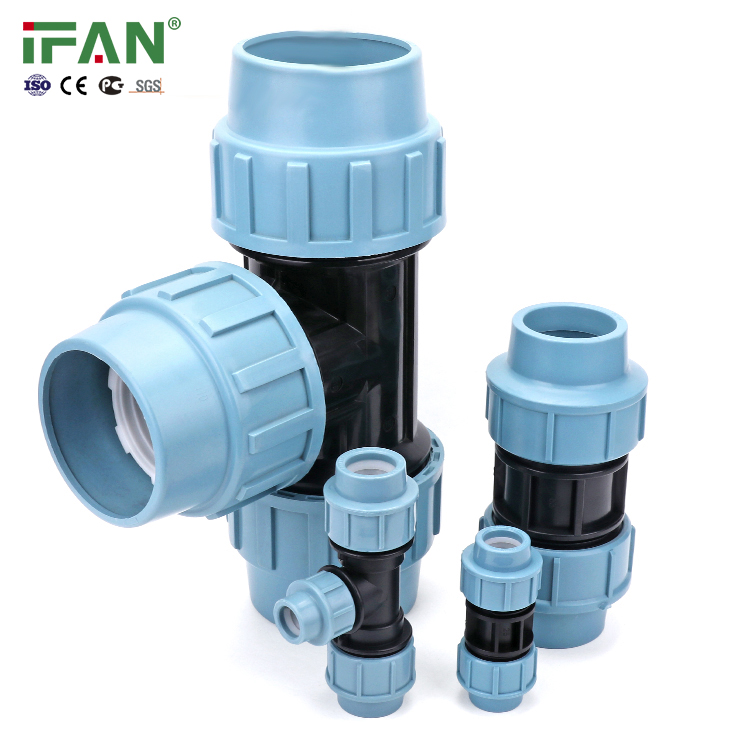
Why Choose HDPE Fittings Over PPR Fittings?
While PPR fittings are an excellent choice for residential plumbing systems, HDPE fittings provide superior performance in large-scale water distribution systems, industrial applications, and environments that require high pressure, temperature fluctuations, or resistance to corrosive materials. The ability to create leak-free, fused joints, combined with the material’s flexibility and durability, makes HDPE fittings the go-to choice for long-lasting, reliable piping solutions.
Key Advantages of HDPE Fittings:
- Fusion welding creates leak-free joints with strong, seamless connections.
- Corrosion-resistant, ensuring a longer lifespan and fewer maintenance needs.
- Flexible, able to adapt to environmental stress, reducing the risk of pipe failure.
- Resistant to thermal expansion and contraction, maintaining performance across varying temperatures.
- Extremely durable, lasting for decades without the need for frequent replacements.
Key Advantages of PPR Fittings:
- Affordable and widely used for residential plumbing.
- Heat-resistant, capable of withstanding temperatures up to 95°C.
- Simple installation with threaded or socket connections.
Conclusion
HDPE fittings offer a range of benefits that ensure leak-free, long-lasting piping solutions for both residential and industrial applications. Their fusion welding technique, resistance to corrosion, flexibility, and long-term durability make them the ideal choice for critical water distribution systems. While PPR fittings are an excellent choice for domestic plumbing, HDPE fittings provide superior performance in challenging environments, making them the preferred option for large-scale projects that require a reliable, leak-free piping solution.
Frequently Asked Questions (FAQs)
1. What is the difference between HDPE fittings and PPR fittings?
HDPE fittings are made from High-Density Polyethylene and offer superior resistance to corrosion, flexibility, and durability. PPR fittings are made from Polypropylene Random Copolymer and are commonly used in domestic water systems.
2. Are HDPE fittings resistant to high temperatures?
HDPE fittings can withstand temperatures up to 60°C (140°F), which makes them suitable for cold-water applications. For higher temperatures, PPR fittings are a better choice.
3. Can HDPE fittings be used for gas distribution?
Yes, HDPE fittings are commonly used in gas distribution systems due to their strength, durability, and ability to form leak-free joints.
4. How long do HDPE fittings last?
HDPE fittings have a long lifespan, typically lasting over 50 years when installed correctly and maintained properly.
5. Are HDPE fittings environmentally friendly?
Yes, HDPE fittings are recyclable, making them an eco-friendly choice for piping systems. Their long lifespan also reduces the need for frequent replacements, which helps minimize environmental impact.

